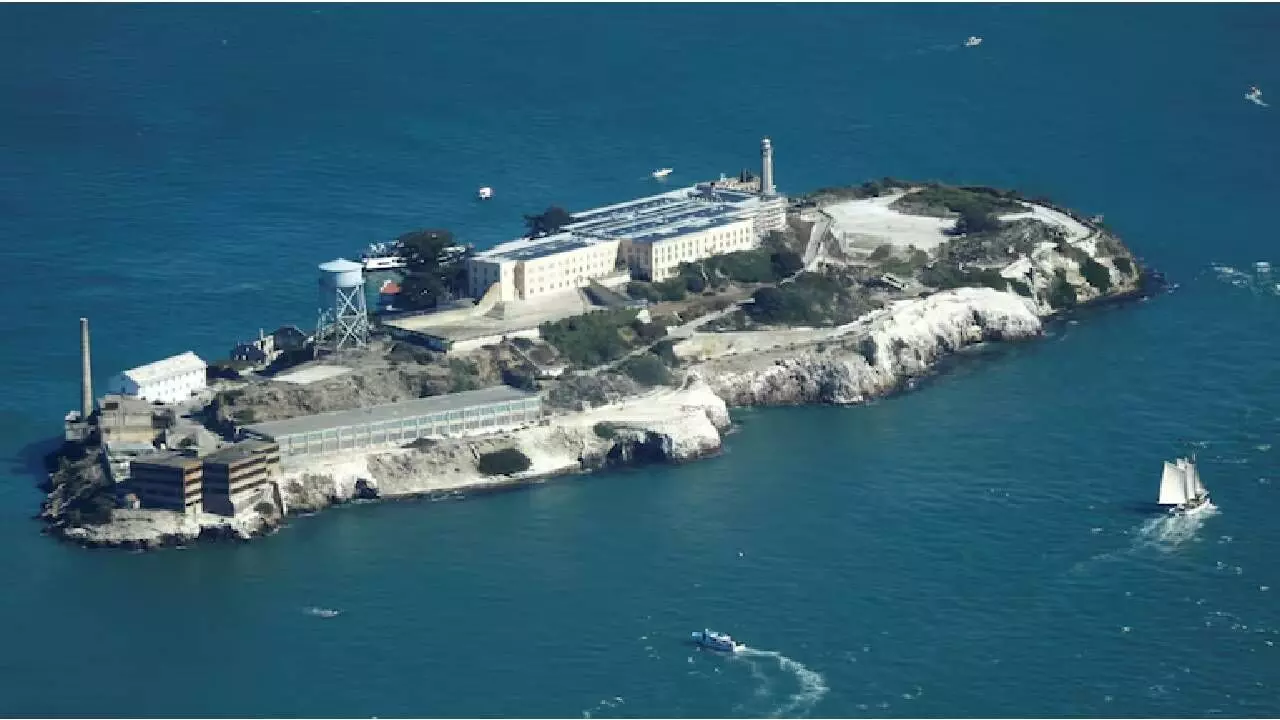Trump Orders Reopening of Alcatraz Prison to Detain Violent Offenders and Immigration Detainees
President Donald Trump has announced plans to reopen and expand Alcatraz Prison to house violent criminals and immigration detainees, reigniting debate over federal incarceration policies.
Trump Orders Reopening of Alcatraz Prison to Detain Violent Offenders and Immigration Detainees

In a bold policy announcement, former U.S. President Donald Trump has called for the reopening of Alcatraz Prison, aiming to house the nation’s most violent criminals and immigration detainees on the historic island off the coast of San Francisco, California.
The controversial directive was issued via Trump’s Truth Social platform on Sunday evening, where he described the current justice system as being too lenient on repeat violent offenders.
“We must return to a time when America was serious about law and order,” Trump stated. “That’s why I’m directing federal agencies to rebuild and reopen Alcatraz as a high-security prison facility.”
Why Is Alcatraz Being Reopened?
Closed since 1963, Alcatraz Federal Penitentiary was known for its remote island location, high-security operations, and infamous inmates such as Al Capone and George “Machine Gun” Kelly. Trump’s new order would reestablish the prison as a modern detention center for:
Repeat violent offenders
Criminal aliens and undocumented immigrants
High-profile federal prisoners
The reopening plan involves coordination between the Bureau of Prisons (BOP), Department of Justice, FBI, and Department of Homeland Security (DHS).
Key Challenges: Cost, Logistics, and Legal Questions
Reviving Alcatraz Island as a functioning prison poses significant infrastructure and funding challenges:
The original prison was closed due to high operational costs and crumbling infrastructure.
The National Park Service currently manages the site as a historic landmark and top tourist attraction.
Rebuilding would require transporting all supplies—water, food, fuel—by boat.
A BOP spokesperson confirmed the agency would follow presidential orders but declined to provide details about the feasibility or timeline of the project.
Political Reaction and Legal Controversy
Not everyone is on board. Former House Speaker Nancy Pelosi, whose district includes San Francisco, criticized the move:
“This is a publicity stunt, not a practical plan. Alcatraz is a protected national site and a major tourism hub.”
Legal experts have also raised red flags over Trump’s broader strategy to detain U.S. prisoners and immigration detainees in overseas facilities, including Guantanamo Bay and a maximum-security prison in El Salvador—proposals many view as violations of due process and constitutional rights.
Background: Alcatraz in American History
Alcatraz Prison, often called “The Rock”, operated from 1934 to 1963. Surrounded by strong Pacific currents, it was considered virtually escape-proof. It has been immortalized in films like “The Rock” and “Escape from Alcatraz” starring Clint Eastwood.
In its 29 years of operation:
36 inmates attempted to escape
14 escape attempts were recorded
Most were caught or presumed drowned
Today, Alcatraz is a major tourist destination in San Francisco Bay, attracting over 1.5 million visitors annually.
Federal Prison System Under Scrutiny
The U.S. Bureau of Prisons has faced increasing scrutiny in recent years due to:
The suicide of financier Jeffrey Epstein in custody
Reports of sexual abuse at the women’s prison in Dublin, California
Chronic staff shortages and operational failures
In 2023, President Joe Biden signed new prison reform legislation to improve oversight and accountability within the federal prison system.
What’s Next for Alcatraz and U.S. Prison Policy?
Trump’s Alcatraz proposal is part of a larger shift toward more aggressive criminal justice and immigration policies as he gears up for a potential return to political office.
Whether Alcatraz will once again serve as a federal prison depends on:
Congressional support and funding
Approval from the National Park Service
Legal rulings regarding detainee rights and facility use

